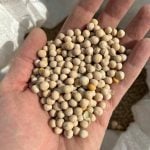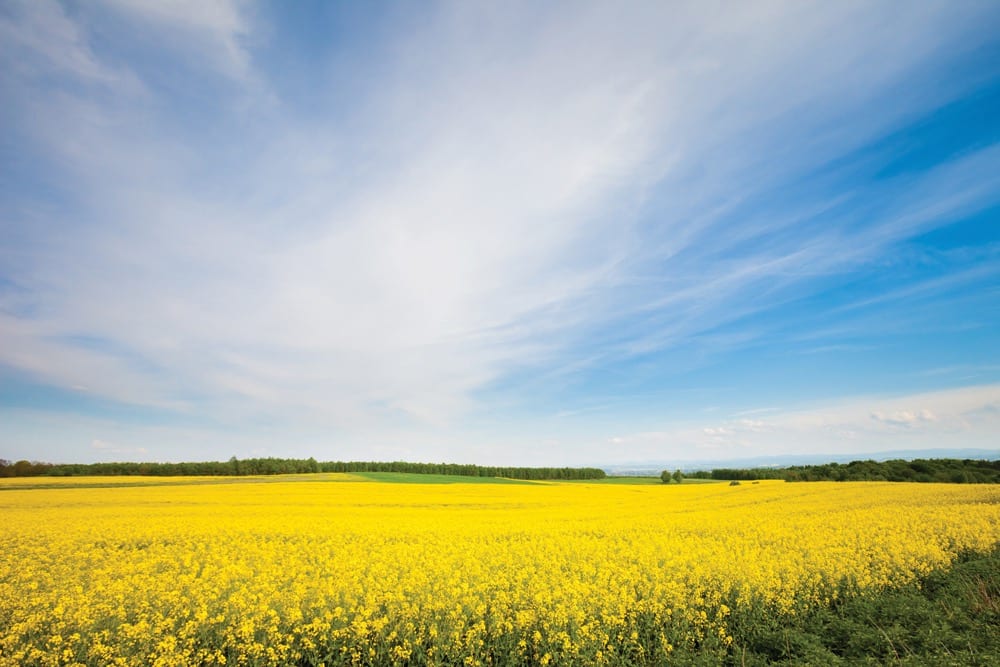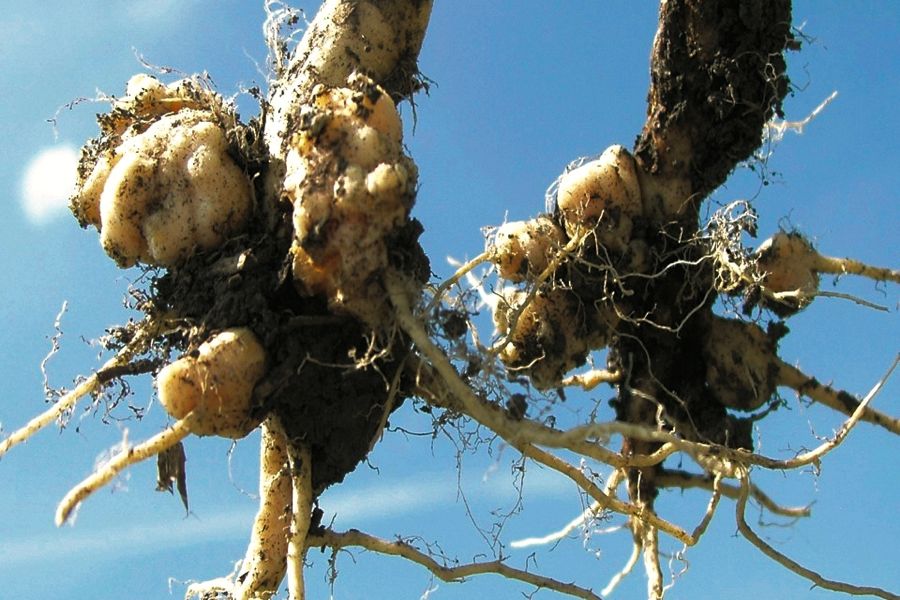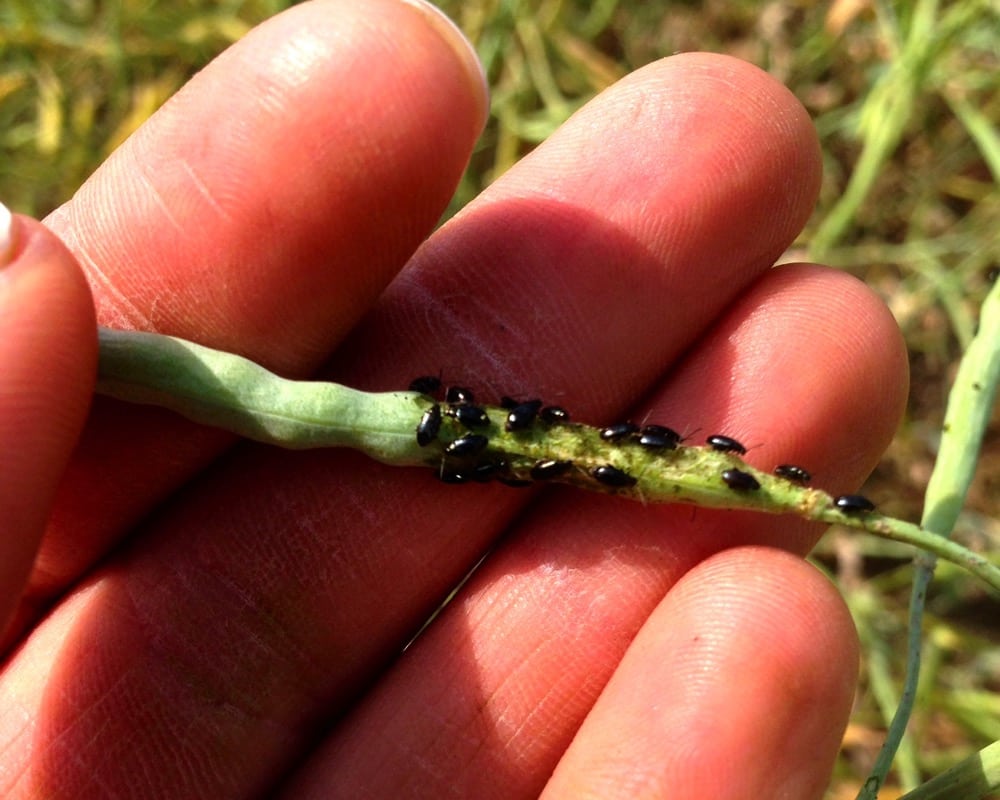On the bandwagon?

According to Angela Brackenreed, agronomy specialist with the Canola Council of Canada, there’s been a real shift in the industry when it comes to canola swath timing.
“I think there’s a much better understanding of the economics and yield benefit of waiting to swath,” she says. “My impression is that the early swathing that happens is done out of logistic necessity.”
If you haven’t gotten on the bandwagon yet, here are five reasons you should consider waiting to swath your canola this fall.
1. Yield benefit

In a 2013 demo study conducted by the Indian Head Agricultural Research Foundation, research manager Chris Holzapfel and team saw a substantial yield gain by postponing swathing from 15 to 20 per cent seed colour change to 40 to 50 per cent seed colour change.
“But we may have even benefited from giving it a few more days to make sure we were in that 60 to 70 per cent range, which I’d consider optimal,” says Holzapfel.
“As expected, seed weights were lowest with swathing at the 20 to 30 per cent seed colour stage (3.14 g per 1,000 seeds) and postponing swathing by only six days resulted in a 10.5 per cent increase in seed weight, thereby explaining the higher yields observed at the later swathing date,” states the report based on the IHARF study.
The Canola Council recommends waiting until 60 per cent of seed colour change to swath; Brackenreed points to CCC data showing the potential to capture greater than 10 per cent yield potential by delaying swathing.
2. Harvest management
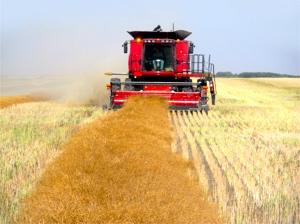
Brackenreed says harvest management is one of the biggest benefits to waiting to swath.
“On some people’s operations it isn’t feasible to swath all at the same time so delaying some fields can be a huge benefit for harvest management,” she says.
Producers should start swathing in the most mature areas while allowing thinner crop stands to mature, targeting swath timing to where the majority of the yield is.
“It really depends on the architecture of the plant stand that’s there,” she says. “The lower the plant stand, if you seed it at a lower rate or you have poor establishment, there’s a bigger benefit to waiting.”
However, “this is easier said than done,” says Brackenreed. A drive around a quarter section or the field can provide an indication of the crop’s staging, but producers should also get into the field and open some pods to examine colour.
“If you get everything sown all at the same time it’s a tight window, but if your seeding is spread out you could start at about 50 to 60 per cent change, but it’s hard to delay until that point,” says Clayton Harder, vice-president at the Canola Council, who farms near Narol, Man. Depending on the forecast, Harder waits to cut until an average 60 per cent seed colour change.
“In reality, fields are variable and it takes time for growers to cover all of their acres, so getting rolling somewhere in that 40 to 50 per cent range is probably reasonable and any negative impacts on yield or quality are likely negligible at this stage,” notes Holzapfel.
3. Shatter tolerance

A slow shift toward straight cutting canola has been made possible by the availability of shatter-tolerant varieties, and Brackenreed says producers can wait even beyond the recommended seed colour change before swathing.
“We’ve seen a real push for later swathing with some of these new shatter-tolerant varieties on the market,” she says. “I’m a proponent of straight cutting and very delayed swathing even up to 80 to 90 per cent seed colour change, but I wouldn’t recommend that if you’re using a conventional variety prone to shatter. You could be inducing a lot of losses for presumably not much gain.”
Jack Froese, treasurer of the Manitoba Canola Growers Association, farms near Winkler, Man. He says his operation is now waiting longer to swath because they’re growing Invigor L140P, a shatter tolerant variety.
But Froese gets right into the field to assess seed colour change before making the decision. “Look for a lighter green look to a yellowish tinge, but make sure it’s not sun scald — check the pod and branch and make sure it’s actually maturing,” he says.
4. Quality
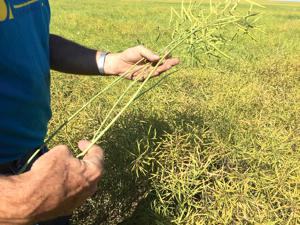
Quality is a major benefit to delaying swathing.
“Usually we see better quality as we delay the cut timing,” says Brackenreed.
“The longer you can wait, you’ll get more weight. And the longer you wait you have less greens — seeds will be more mature and give you better quality,” says Froese.
The Canola Council notes that reductions in seed protein and seed oil are observed if swathing takes place before 20 to 30 per cent seed moisture. “Seed oil fatty acids also tend to stabilize near the end of seed development (30 per cent seed moisture), strengthening the argument in favor of delaying swathing to near complete seed maturity,” reads its Harvest Management guide.
5. Pre-harvest intervals

Brackenreed notes that an often overlooked benefit of delaying swathing is pest pressure. If producers have to spray insecticide late, they’ll need to consider the pre-harvest interval, or the number of days that must pass between a pesticide application and the time the crop is cut.
The Canola Council provides a handy “spray to swath” chart indicating pre-harvest intervals for fungicides, herbicides and insecticides on its website. Find it at www.canola council.org.


